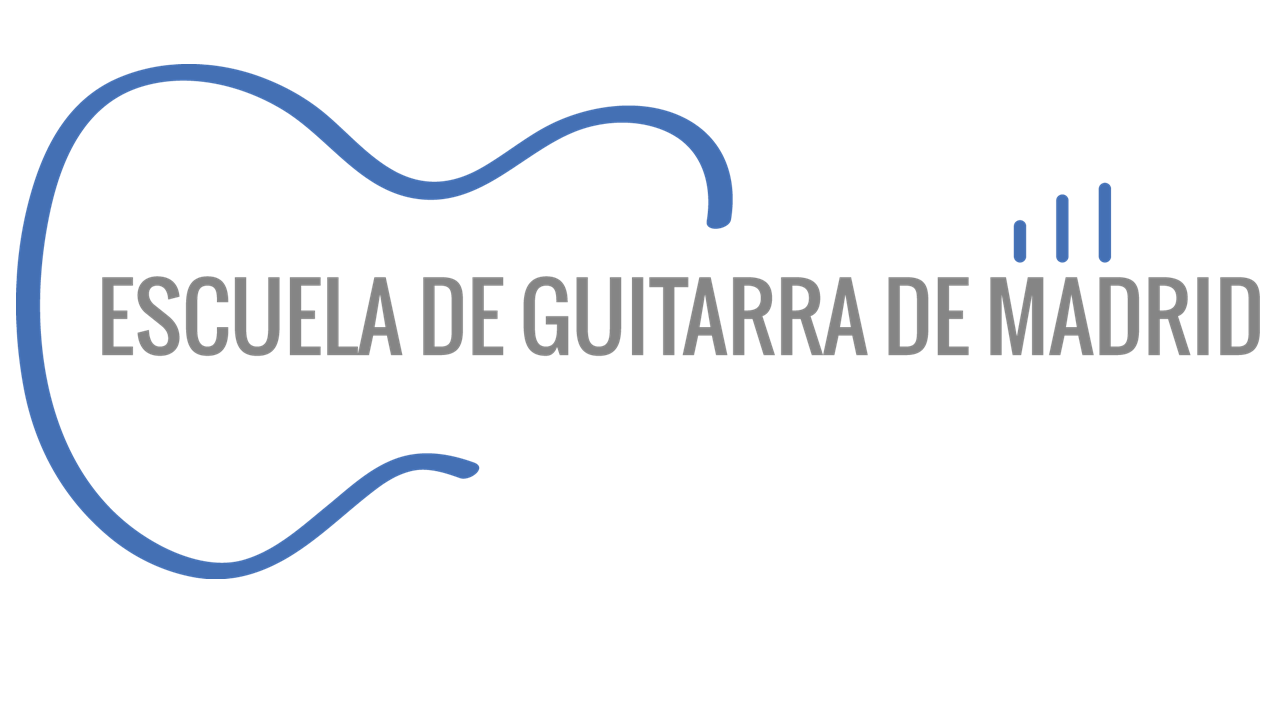How and what to practice as a beginning guitarist
By Michael Korte
In my years of experience as a guitar teacher, I encounter a lot of guitar players, who think that learning to play guitar is super hard in the beginning and that they need to learn tons of theory to know exactly what they are doing, else they would embarrass themselves in front of their friends. This is nonsense.
There are only some small varieties depending on what the student wants to learn, but the most things are in common to every guitar player.
So, if you want to have an easy and stress less start with your guitar, here are a few recommendations from me for you:
The most important thing is, to take your time and always enjoy what you already CAN do. Granted, in the beginning it will not be much, but that can quickly change, if you find some nice and simple melodies you can play, basic chords you can practice, etc.
Do not try to understand it all in one day but pick what you learn in little pieces and work with them. That will make it much easier to connect new concepts and new knowledge to what you already can do.
In the beginning it is vitally necessary to build some motoric skills and coordination and to develop some sense of rhythm. That means: playing playing playing.
Do not be afraid of getting into bad habits, this will not happen after 2-3 months of simply playing «somehow».
Just grab your guitar and play something every day and try to not give too much meaning to mistakes or inconsistencies of strings that do not ring properly. Most of that will go away on its own.
Start by learning some basic chords, or better even 3-string chords, that often require only one or two fingers and learn to change between them slowly and smoothly, but in time.
Try to strum them to a metronome with up and down strokes and easy rhythm patterns, but never let the swing of your arm stop its regular up and down motions. It should always swing up and down steadily without any breaks.
If you struggle with any part of a song or a specific key change in particular, isolate what is holding you back and practice that alone with full focus, because learning to play the guitar is to a huge part learning how to focus.
For example: if you are playing a chord progression like G-C-D-G, my bet is, that you will struggle to change from the D to the G. What you need to do here, is to stop using your strumming hand and only focus on your fretting hand and simulate this chord change until it feels smooth.
If you struggle with a smaller passage of a melody in a song, repeat this section until you can play it just as well as all the other parts in this melody.
That should already help you to develop a lot of momentum to get ready for more.
About the author:
Michael Korte is teaching guitar in Finland. In his guitar school, he teaches his students new approaches and concepts for their rhythm and solo playing and also shows them how to improve their practicing, so that they get better results faster. If you want to reach the next level in your playing and you are looking for kitaratunnit in Tampere make sure to get in touch with him.
